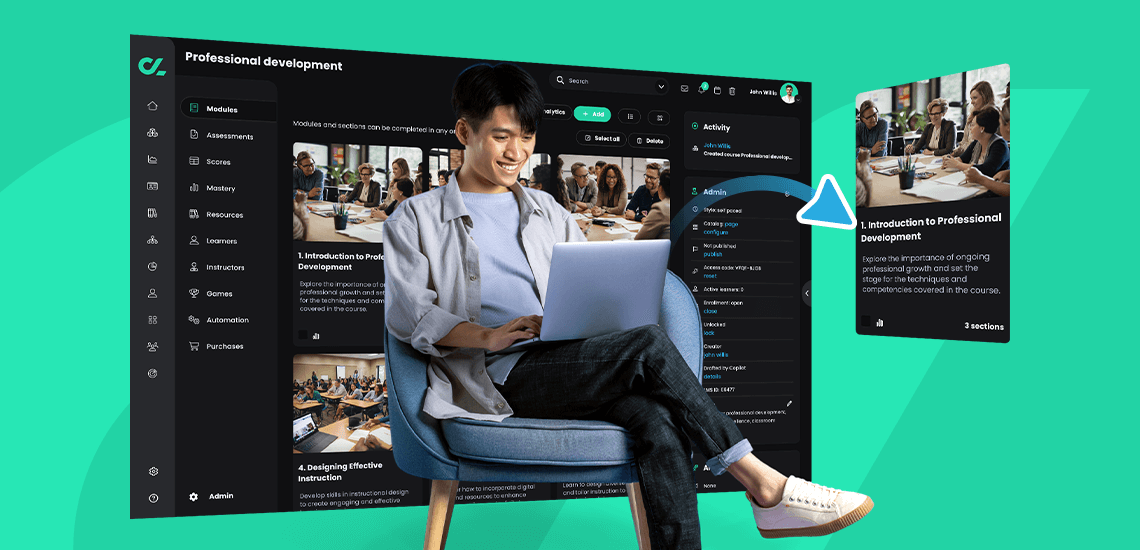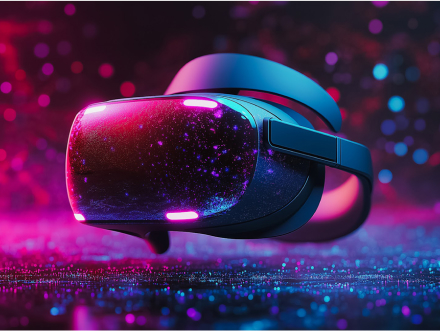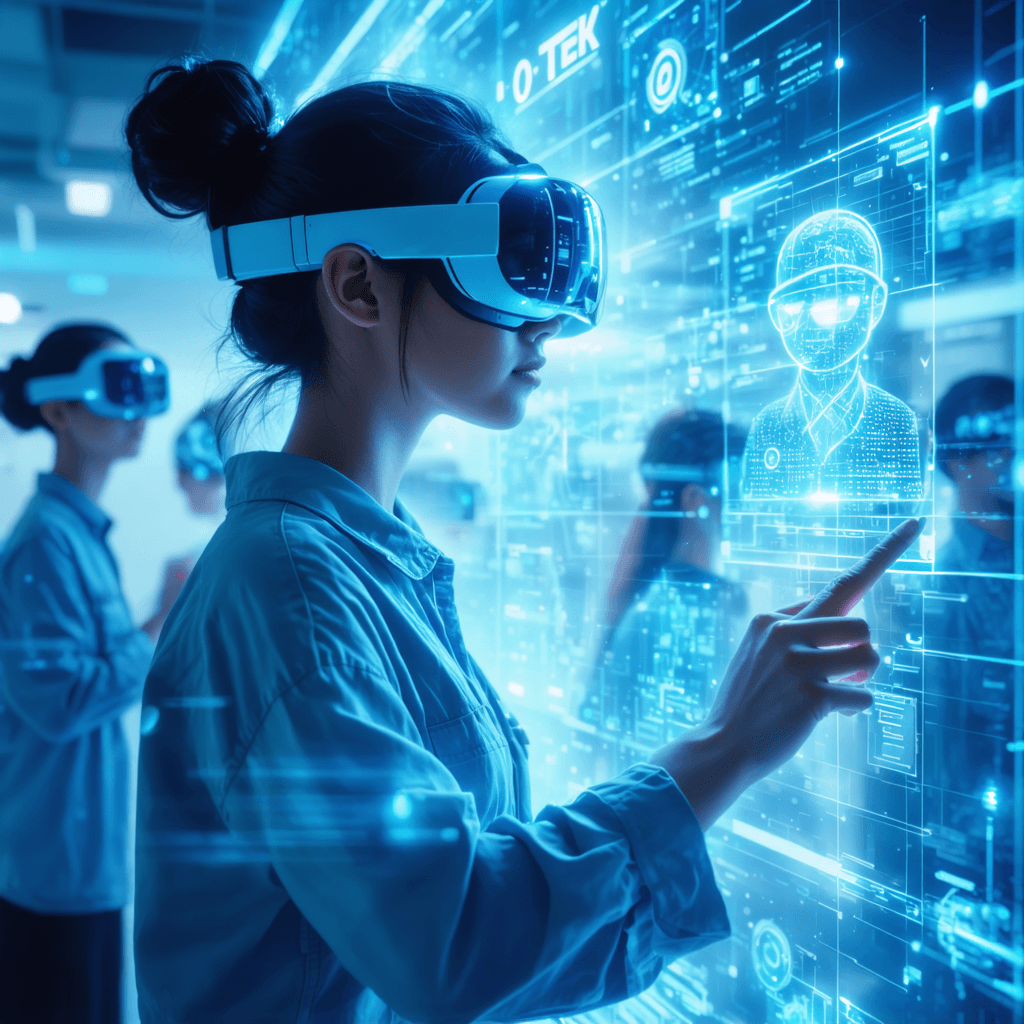E-Learning Meets Mixed Reality: How 2025's Digital Education Will Transform Service Industry Training
The integration of mixed reality (MR) technologies into educational frameworks is revolutionizing how we approach service industry training in 2025. This transformative fusion of digital and physical learning environments is creating unprecedented opportunities for skill development and practical training across various service sectors.

The Evolution of Service Industry Training
The service industry has witnessed a dramatic shift from traditional classroom-based learning to immersive, technology-driven educational experiences. Mixed reality solutions are now at the forefront of this transformation, offering a blend of virtual and augmented reality that creates highly engaging and effective learning environments.
Key Benefits of Mixed Reality in Service Training:
Immersive Learning Experiences
- Real-time simulation of workplace scenarios
- Risk-free practice environment
- Immediate feedback mechanisms
- Enhanced muscle memory development
Cost-Effective Training Solutions
- Reduced equipment costs
- Minimized travel expenses
- Lower instructor overhead
- Scalable training programs
Current Applications in Various Service Sectors
Hospitality Industry
Mixed reality training programs are enabling hotel staff to perfect their customer service skills through virtual guest interactions. These simulations cover everything from check-in procedures to handling difficult situations, allowing staff to build confidence before facing real guests.
Healthcare Services
Medical professionals are utilizing MR technologies for:
- Surgical procedure practice
- Patient care scenarios
- Emergency response training
- Medical equipment operation

Retail and Customer Service
Retail workers benefit from MR training through:
- Virtual inventory management
- Customer interaction scenarios
- Point-of-sale system training
- Visual merchandising practice
The Technical Framework
Modern e-learning platforms are incorporating several key technologies:
Adaptive Learning Algorithms
- Personalized learning paths
- Progress tracking
- Performance analytics
- Skill gap identification
Cloud-Based Infrastructure
- Seamless content delivery
- Real-time updates
- Cross-platform compatibility
- Collaborative learning features
Measuring Success and ROI
According to recent studies, organizations implementing MR training programs are seeing:
- 40% reduction in training time
- 75% improvement in knowledge retention
- 60% increase in employee engagement
- 35% decrease in training costs
Implementation Strategies
Phase 1: Assessment and Planning
- Identify training needs
- Evaluate technical requirements
- Define success metrics
- Create implementation timeline
Phase 2: Content Development
- Design interactive scenarios
- Create immersive environments
- Develop assessment tools
- Build feedback mechanisms
Phase 3: Deployment and Monitoring
- Roll out pilot programs
- Gather user feedback
- Make necessary adjustments
- Scale successful implementations
Future Trends and Developments
As we progress through 2025, several emerging trends are shaping the future of mixed reality training:
AI Integration
- Intelligent tutoring systems
- Predictive learning analytics
- Automated content adaptation
- Natural language processing
Enhanced Haptic Feedback
- Improved tactile responses
- Better spatial awareness
- More realistic interactions
- Advanced motion tracking
Cross-Platform Compatibility
- Seamless device integration
- Universal access protocols
- Cloud-based solutions
- Mobile-first approaches
Best Practices for Implementation
To maximize the effectiveness of mixed reality training programs:
Start Small
- Begin with pilot programs
- Focus on specific skills
- Gather detailed feedback
- Iterate based on results
Ensure Proper Support
- Provide technical training
- Offer ongoing assistance
- Maintain updated documentation
- Create user communities
Monitor and Adjust
- Track performance metrics
- Collect user feedback
- Analyze learning outcomes
- Make continuous improvements
Making the Transition
The shift to mixed reality training requires careful planning and execution. Organizations should:
- Assess current training needs
- Evaluate available technologies
- Create comprehensive implementation plans
- Develop change management strategies
Ready to revolutionize your service industry training program? Explore our comprehensive suite of mixed reality training solutions at 01TEK. Visit our website to discover how we can help transform your training initiatives and prepare your workforce for the future of service excellence.
Sources: [1] Program-Ace - VR Trends [2] CypherLearning - L&D Trends [3] Innowise - AR/VR Trends [4] McKinsey Technology Trends [5] PwC VR Training Study
Failure is just another way to learn how to do something right.
Marian Wright Edelman



